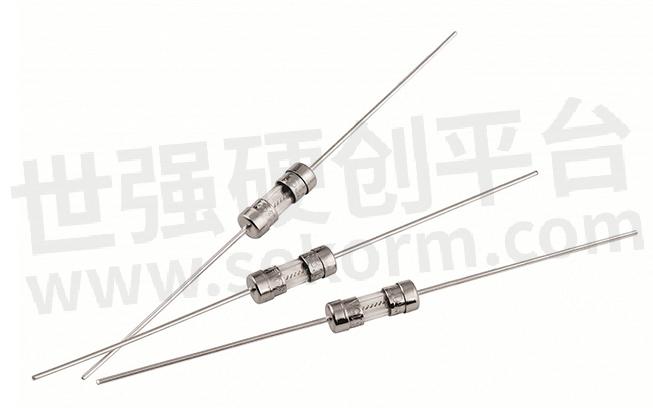What are the Common Parameter Terms for Single Use SMD Fuses?

What are the common parameter terms for single use SMD fuses?
Voltage rating: The voltage rating of a fuse must be equal to or greater than the effective circuit voltage. The standard voltage rating series for general patch fuses are 24V, 32V, 48V, 63V, and 125V.
Resistance: The resistance of a fuse is not very important in the entire circuit. But for fuses with an amperage less than 1, the resistance will be a few tenths of an ohm, so this issue should be considered when using fuses in low-voltage circuits. Most fuses are made of positive temperature coefficient materials, so there are also two types of resistors: cold resistance and thermal resistance.
Environmental temperature: Fuses are temperature-sensitive components. The current carrying capacity of the fuse was tested at an ambient temperature of 25℃. The higher the ambient temperature, the higher the operating temperature of the fuse, the lower the current carrying capacity of the fuse, and the shorter its lifespan. On the contrary, at relatively low temperatures, the lifespan of the fuse will be extended.
Rated capacity of fuse: also known as breaking capacity. The rated fuse capacity is the maximum allowable current that a fuse can truly blow at rated voltage. When there is a short circuit, the fuse will pass multiple times an instantaneous overload current greater than the normal working current. During safe operation, it is required that the fuse remain intact (without bursting or breaking).
Nominal melting heat energy: refers to the energy required to melt a fused component, expressed in I2t and read as "amperes per square second". Generally, in authoritative certification institutions, melting heat energy testing is required: apply a current increment to the fuse and measure the time of melting. If melting does not occur within approximately 0.008 seconds or more, the intensity of the pulse current will be increased.
Repeat the experiment until the fuse blows within 0.008 seconds. The purpose of this test is to ensure that the generated thermal energy does not have enough time to escape from the fuse components through thermal conduction, meaning that all thermal energy is used to blow the fuse

Fig.1
- +1 Like
- Add to Favorites
Recommend
- How Much Current and Heat the Surface Mount Device (SMD) Packages Can Handle?
- The Difference between Fuses and Fuses
- The Price Trend and Future of Fuses
- Repair Methods for Fuses -0805 Fuses
- Guidelines for Selecting Self Restoring Fuses and Disposable Fuses
- What Is The Difference between Resettable Fuses and Traditional Fuses?
- What are the Differences in Performance and Applications between Slow Blown Fuses and Fast Blown Fuses?
- How to Design Chip Fuses
This document is provided by Sekorm Platform for VIP exclusive service. The copyright is owned by Sekorm. Without authorization, any medias, websites or individual are not allowed to reprint. When authorizing the reprint, the link of www.sekorm.com must be indicated.





























































































































































































































































































































































































































































































































































































































































































































































































































































































